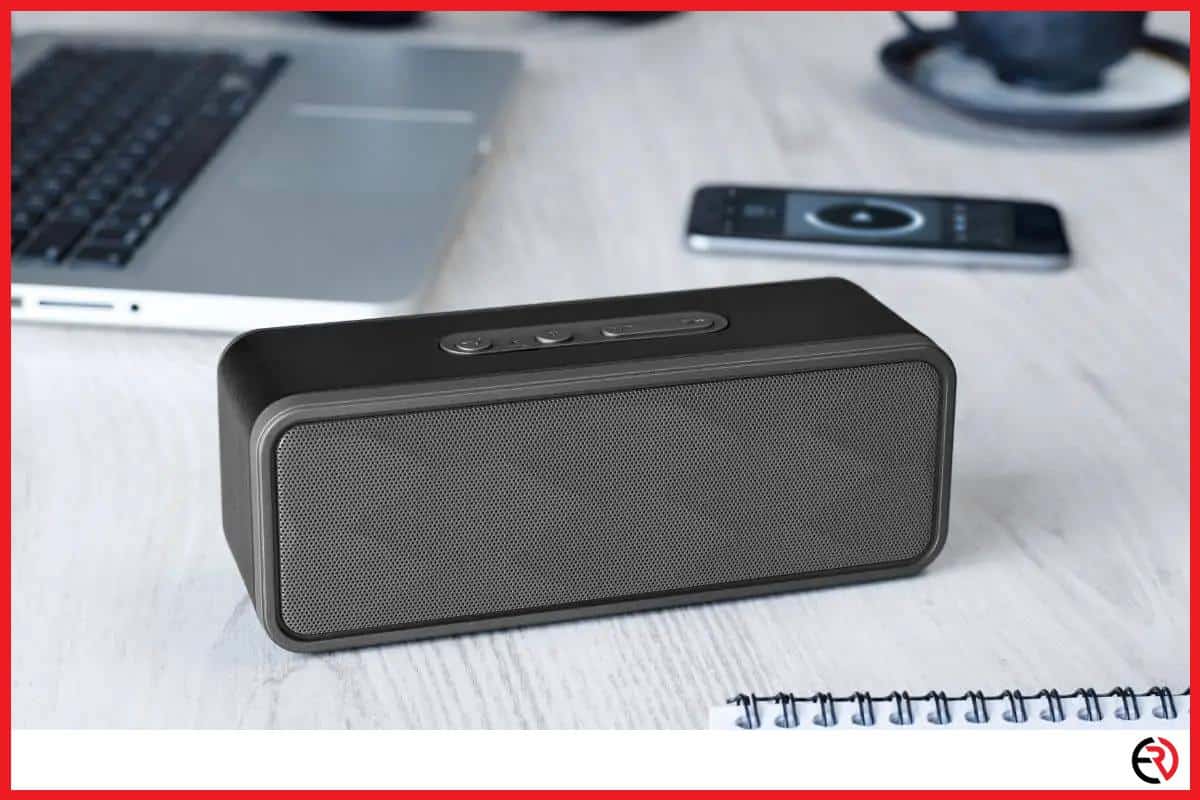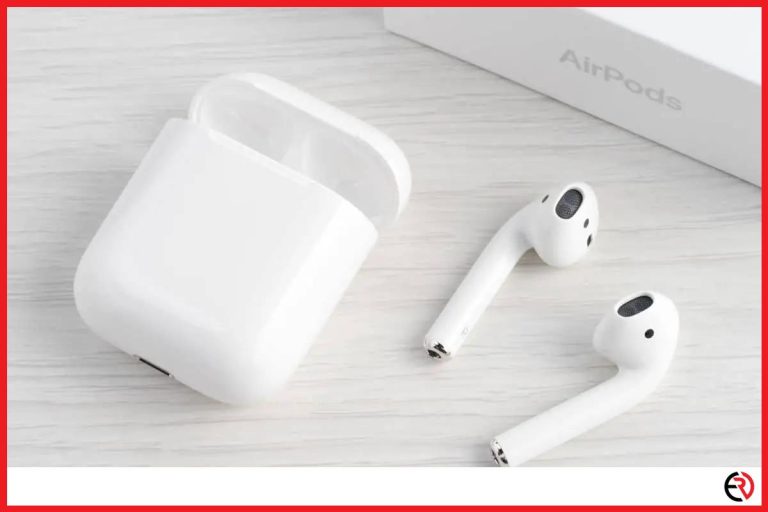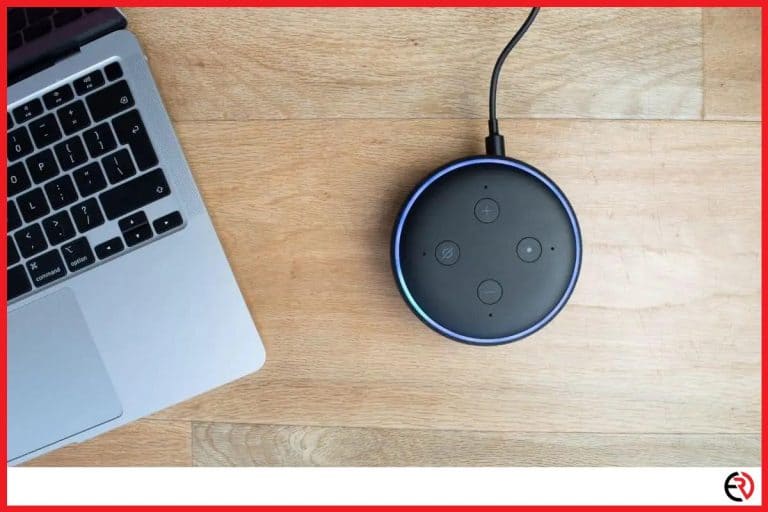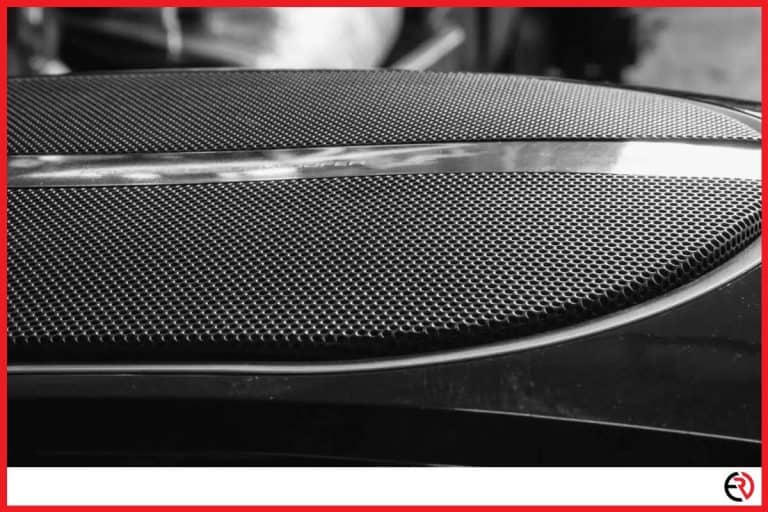Wireless Speakers Pros and Cons (Are Wired Speakers Better?)
This post may contain affiliate links which means that, if you choose to make a purchase, I may earn a small commission at no extra cost to you.
The key difference between wireless and wired speakers is the sound quality. Wireless speakers cannot compete with wired ones, generally in terms of audio clarity and depth. However, they have evolved a lot over the past couple of years, and now most homeowners prefer wireless soundbars to wired speakers.
The pros and cons of wireless speakers listed in this article will help you better understand the mindset behind this sudden preference shift.
| Wireless Speakers | |
| Pros | Cons |
| Neater setup and handling | Compatibility problems with older versions |
| More adjustable | Lack of guides for less popular brands |
| Requires less maintenance | High bandwidth usage |
| Ever improving technology | Lagging |
| Cost-effectiveness | More prone to accidental drops |
| Portability | Batteries cannot be easily replaced |
Now that you have a brief overview of all the pros and cons, let’s take a deeper gander at all of them in detail.
The Pros of Wireless speakers
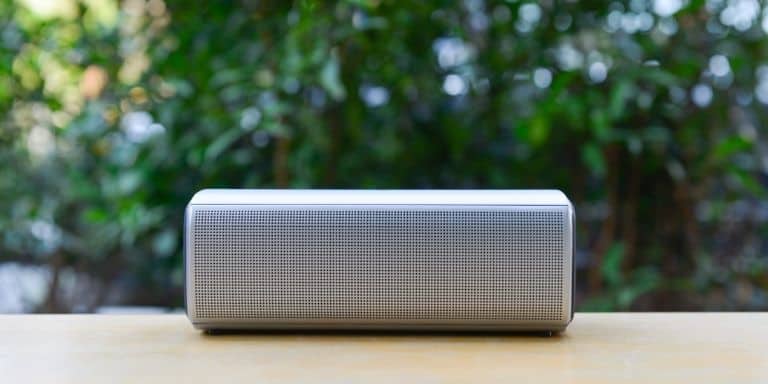
Neater setup and handling
Neater layout and easier to handle. Because radio waves are used, wireless surround sound speakers do not require any physical connections to the central unit. It is no longer necessary to run multiple wires from the main amplifier to each satellite speaker.
It is essential to keep the wires out of sight, especially in small living areas. Dangling loose wires off the ceiling or wall-mounted shelves not only looks bad but grants a sub-par look to your home, which is never a good idea. Wireless speakers eliminate any such issues and beautify your entire household with a pristine and modern look.
Neater appearance is one of the chief reasons people shift from weird to wireless setups. It is also easier to quickly set up the devices throughout the house without music hassle.
More adjustable
Wired speakers are almost set for life when you first install them because the hassle involved in changing their initial positions is never worth it. I remember how excited I was when I bought a 5.1 home theater when I first moved in. After a few months, I decided to do some renovation but could not do so because of the speaker placement.
I initially put up some shelves on the walls to hold the speakers. But, I had to pry those out during the move and reattach them in the next room. I decided then and there that I would replace those or buy a new set of wireless speakers because the shift took way longer than I bargained for.
Currently, I am using a Klipsch 5.1 Surround Sound system, and it’s been a blessing. Not only can I quickly move them around the house, but I can set them up exactly as I want. Indeed, audio quality is not as good, but it’s a small price to pay, and over time, I won’t even notice the difference.
Requires less maintenance
I lost a fair number of speakers to accidents. Some because of my carelessness, some to my pets, and others to my younger cousin. And if you have a rodent problem, good luck protecting the wires from their gnawing teeth.
Compared to wireless speakers, wired ones require a lot of maintenance. You need to place them in hard-to-reach spots; otherwise, you can accidentally yank them off the shelf. Even if you put them away in a relatively safe location, they are also at risk of being pulled down while cleaning the household.
No matter how you look at it, wireless speakers have a clear advantage over their wired counterparts.
Ever improving technology
Wireless speakers started with Bluetooth connectivity. However, these days not only do we have other versions of Bluetooth that support better audio quality but there are also other technologies in the wireless sphere.
One such technology is WISA which is a wireless technology unlike any other. It operates on a different frequency than Bluetooth and supports higher audio quality.
There are even Wi-Fi speakers that take advantage of an already set up Wi-Fi network. They offer a more stable connection and play over a wider range. One of the biggest pros of wireless Wi-Fi speakers is that you can connect multiple speakers simultaneously. They also offer better audio quality compared to their Bluetooth counterparts.
Most homeowners are migrating to soundbars from wired speakers because not only are they easy to set up, but they have improved a lot over the past decade. Wireless speakers may not be as good as wired ones, but the fact that they are putting up a brave fight only shows their future potential.
Maybe wireless speakers could even outperform wired ones and replace them altogether. I never imagined wireless speakers would come this far, and nothing is stopping them from progressing further, and I am looking forward to what the future holds for these flexible devices.
Cost-Effectiveness
Given the wide availability of wireless speakers, the cost of buying one has plummeted by a significant margin over the past few years. You can quickly get a set of speakers for a few hundred bucks.
I, too, started with a cheaper model before moving on to a more expensive product. The difference in audio quality is quite significant in terms of depth and clarity. But the cheaper ones did their job pretty nicely, and you can get a decent set for almost any budget.
However, you need to understand that only Bluetooth speakers are somewhat cheaper. Other wireless technologies, especially ones running on Wi-Fi and WISA are pretty expensive. Even some of the good Bluetooth speakers are pretty expensive. Although there are cheaper alternatives, if you are a dedicated audiophile looking to enjoy the finest music quality, you will be hurting your wallet.
Portability
The idea of carrying a speaker around has been in fashion since the early 90s. Portable speakers are still there, but the devices have gotten a lot smaller and more powerful. They also last longer and can play high-quality audio like never before. Portability has genuinely revolutionized the speaker market.
The Cons of Wireless speakers

Compatibility problems with older versions
One of the most significant disadvantages of better technology is the lack of backward compatibility, especially in terms of Bluetooth devices. Higher Bluetooth versions have difficulty pairing with lower visions. So, you cannot pair speakers running Bluetooth 5.0 with phones that have Bluetooth 4.0 or lower and expect all the functionality.
Lack of guides for less popular brands
Although Bluetooth speakers are easy to set up, they are also susceptible to random bugs that interfere with your listening experience. For instance, my subwoofer once refused to connect to the speaker system no matter how many times I tried to do so. I had to reset the entire setup pair of the speakers individually to fix the issues.
Not many individuals are as technologically adept as me, and they cannot do anything about such issues, and end up making things worse in certain situations. If you are buying a wireless speaker, ensure enough guides and documentation online to help you troubleshoot issues shortly.
High bandwidth usage
Bandwidth becomes an issue when you are using Wi-Fi speakers. Most intelligent homes now have multiple devices connected to Wi-Fi. Imagine a family of three individuals where everyone has one smartphone. Additional devices such as computers, televisions, intelligent home assistants (Google Home, Alexa), lights, and other appliances can quickly sap your bandwidth.
This only makes the audio stutter and can even force the speakers to fall off the network whatsoever. You may need to upgrade your package or even get a more powerful router to support the plethora of devices.
Lagging
It is a common problem in wireless speakers, be it Wi-Fi, Bluetooth, or even WISA. These devices operate via radio waves, exposing them to all sorts of issues as they get older.
Bluetooth speakers suffer from signal drop-offs if you are playing across incompatible devices (difference in Bluetooth versions), far away from the source, and low on charge. Sometimes it can even be a manufacturing defect; nobody can say for sure.
There are only a handful of ways you can address the lagging issue until it evidently cannot be fixed. Any fixes might extend the lifespan by maybe a year, but you should buy a new one at this point.
More prone to accidental drops
Too much of anything is not good, and the same applies to adjustability. Although wireless speakers are easy to move around, the flexibility exposes them to accidental drops. I was cleaning my room the other day and accidentally knocked off one of the speakers. You either need to be extra careful while cleaning or place guards at the base of the shelves to prevent them from falling off.
Batteries cannot be easily replaced
Wireless speakers running on only one battery will inevitably stop working because you can only charge them so many times. Some go kaput in 2-3 years, while the cheaper ones may last only 1-2. Some speakers even allow you to change the battery, while in other cases, you will need to open it up using special tools, the likes of which aren’t available to the average citizen.
Conclusion
There is a massive misconception that wireless speakers are entirely wireless. On the contrary, you’ll need to connect them to the primary power source via wires. So cables are involved, it’s only a bit less compared to traditional speakers.
Still, wireless speakers make our lives a lot easier, but they are not without flaws. If you are planning to buy one, hopefully, this guide will help you make an informed decision. Until next time.

